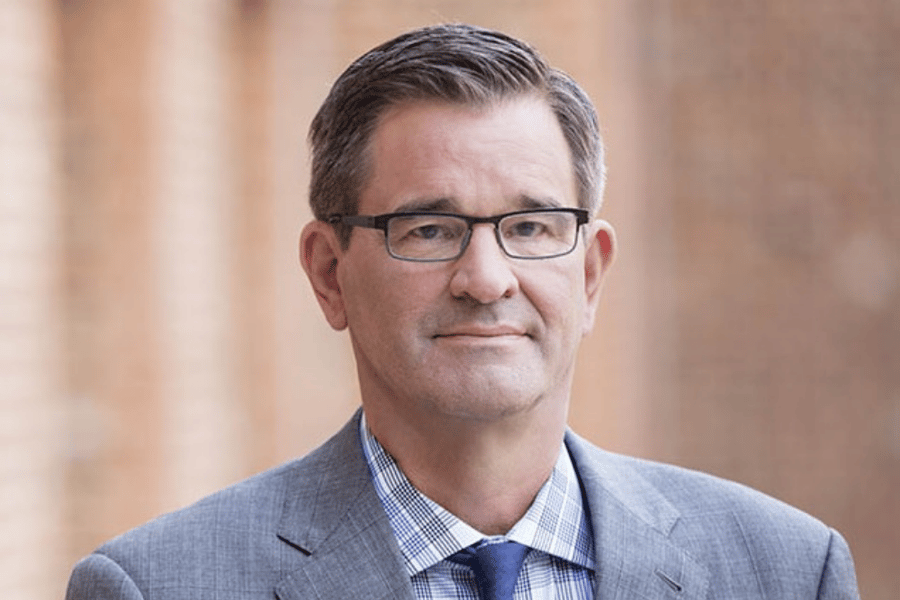He explains how they have become a driving force

Observers of the housing market could be forgiven for feeling a little bit of whiplash. Since the first major news about community spread of COVID-19 in America around this time last year, we’ve gone through a full economic shutdown, a refinance boom, and what feels like a complete overhaul in the market. A generational change in buyer preference that should have taken a decade happened in a year - and the mortgage industry is left asking if they managed to come through this storm intact and ready for the future.
Fannie Mae’s chief economist Doug Duncan (pictured) offered MPA a look into the year the industry has just experienced. He shared how and why trends in home buying preferences were accelerated by the pandemic and highlighted some others that were directly caused by it. He explained that the story of today’s housing market is being written by millennials. It’s a story, he explained, that has roots in the end of the great financial crisis.
“Looking at the end of the financial crisis when millennials were deciding where to live,” Duncan said, “in the expansion following the crisis, employment picked up first in urban centers. It was the most heavily concentrated urban center employment growth of any recession since the Second World War. Stories about millennials wanting to rent because they saw the damage from foreclosures were completely wrong. They rented because their jobs were in the city centers where they weren’t building single family detached houses.”
Read more: Unintended consequence of Dodd Frank has left a $1 trillion gap in the housing market
Duncan noted survey data conducted by Fannie Mae from 2010 onwards that found around 90% of millennials claimed they want to own a home one day. They were renting in city centers because they first had to secure a job, grow in their careers, and pay down student debt before the move to the suburbs was an option.
While that millennial move to the suburbs has been a major story of the past year, Duncan emphasized that it didn’t begin in 2020. There had been a gradual out-migration of younger people from city centers for two or three years before the pandemic, according to Duncan. As with so much else, the pandemic accelerated an existing trend.
While the virus sped up out-migration, Duncan noted that it could have also derailed or delayed the expected urban return of baby boomers with empty nests in the suburbs. He noted a recent article from the Cleveland Fed which showed that while urban in-migration had generally moved in the same direction as out-migration since 2010, in 2020 in-migrants fell as out-migrants rose. Time will tell whether this trend will continue.
Duncan expects the urban story will be told by amenities and jobs in the future. If the restaurants, theaters and lifestyle appeals of a major city come back diminished after the pandemic, or don’t come back at all, a major pull will be gone. In addition, if jobs no longer require workers to come into the office five days a week, the incentive to live further out may become even stronger.
The rise of remote work could also answer the question many in the housing market have been asking: will the four+ bedroom baby boomer homes sell to millennials who are having far fewer kids? Given that houses are priced for two-income families, Duncan believes we can expect a millennial family to want as many as two office spaces within the home. That need could absorb this large suburban housing stock.
Read more: Why one veteran loan officer isn't giving up on San Francisco
Underlining all these other desires among millennials is the simple arithmetic of affordability. Not only are homes more affordable outside of city centers, but many businesses are shifting their operations to smaller regional centers where the people they can afford to hire can, in turn, afford to live. The ongoing story in Texas, Duncan noted, is tied to how cheaply properties could be developed in that state for much of the past decade. He cited a telling data point: the price to rent a rental van. Renting a van from Dallas to San Jose is much cheaper than going from the hyper-expensive Silicon Valley hub to the sprawling Texas metro. That rental price, Duncan said, tells you where people have been going.
In the end, that shift in buyer preference and overhaul of the housing market came because of relatively small individual decisions. For so many millennials, the COVID-19 pandemic presented an opportunity to move their lives a few more steps forward. They took it and the market has changed fundamentally as a result.
“The folks we saw moving to the suburbs through our application data were renters buying houses,” Duncan said. “In our system we could see they were buying in a less dense area. Millennials who took jobs at JP Morgan, or something, in 2011 had paid down debt, found partners, and were ready to buy a house in the next few years. COVID-19 hit and they said ‘well, I was going to do it two years from now, but I’m going to do it right now’.”



